A pile-up accident is a scary prospect. While pile-up is a general term without a specific definition, they are typically a multi-car accident involving multiple impacts. They most commonly start with a rear-end collision on a freeway, with successive rear-end impacts piling up as cars can’t stop in time.
Investigating a chain reaction accident poses specific challenges to an insurance adjuster. I’ll explain to you how insurance investigates and determines fault in a pile-up, and what you should know about dealing with a claim.
The General Rule
In a multi-car accident, investigators must unravel the chain of cause and effect. Multiple car pileups usually involve negligence by multiple drivers.
Each driver has a duty to maintain a safe following distance. They must be able to stop safely in case anything happens in front of them. Any driver that hits a car without stopping safely is at fault for whatever amount of damage they cause.
The Typical Scenario
There are many types of multiple vehicle accidents with various causes. But when we talk about pile-ups, specifically, we are usually talking about a rear-end accident in which there are multiple impacts.
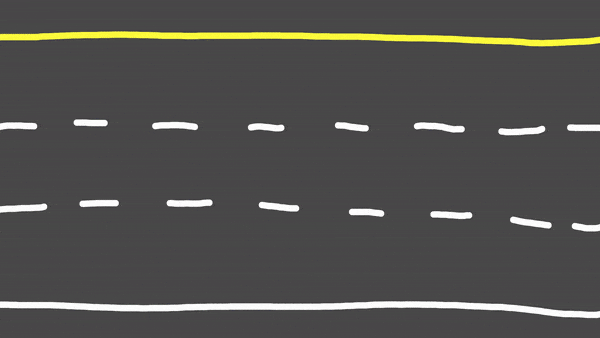
In this example, the pink car has to brake for something. The yellow truck isn’t able to stop, and rear-ends them. Then the white van isn’t able to stop and piles on. Then the green car also piles on.
There are three different impacts, and three different people at fault. Each driver that piled on was negligent. Figuring out exact numbers, though, can be difficult.
For this simplified example, we will assume all impacts were equal, and everyone agrees what happened. We’ll also say that with each impact, all the cars in front were pushed together again. So the driver of the pink car felt all three hits.
Even with these simplified facts, different insurance adjusters may take different approaches.
The cut and dry method is to assign blame to the immediate impact. So the yellow truck is 100% at fault for the rear damage to the pink car. The white van is 100% at fault for the rear damage to the yellow truck. And the green car is 100% at fault for the rear damage to the white van.
That is easier to figure out, but also doesn’t account for each time the cars were pushed together.
The more nuanced method is to assign a percentage of fault to each car that caused an impact. So for the pink car in front, there would be 3 different drivers sharing fault. The yellow truck probably caused the most damage with the first impact, so they are assigned 50% fault. The white van probably didn’t cause as much damage, because the force of impact was transferred through the truck. So the white van could be 30% at fault. The green car probably caused the least damage, so they might be 20% at fault, all for just the pink car’s damage.
That accounts for more factors, and the percentages can be adjusted based on the driver’s descriptions of impact severity. However, the level of complexity makes for incomprehensible decisions, and nearly eliminates the chance of agreement between multiple insurance companies.
How Insurance Investigates
If you are involved in a multi-car pileup, your insurance company will need to complete a thorough investigation. Your claim will be assigned to an adjuster who will talk to you, talk to the others involved, and gather as many facts as possible.
Pertinent evidence may include driver statements, police report, accident scene photos, weather conditions, damage photos, witness statements, video footage, and more.
The adjuster will consider all the evidence to determine the order of events, the duty of care owed by each driver, and the liable party or parties for each damaged vehicle.
When multiple insurance companies are involved, each will complete their own investigation and make their own decision. Independent companies are not required to agree on everything, and they often don’t.
If you have collision coverage, I would personally recommend using your own insurance to cover your damages. This will help cut down on the work and stress of dealing with multiple insurance adjusters and waiting for their liability decisions. You can give one clear and detailed recorded statement to your own insurance company, and give them permission to share that statement with the other companies.
Alternate Scenarios
There are many ways an accident can turn into a massive pileup. One is due to weather conditions. The accident actually plays out much the same way as before. Driver A stops, driver B can’t stop in time, driver C also can’t stop, driver D piles on, etc.
The root cause could be a lack of traction on the roadway, such as in a snow storm. However, the proximate cause (the negligent action closest to the accident) is unsafe driving for the conditions. When the roads are wet or covered in snow and ice, drivers must slow down and leave much more room to stop. When visibility is reduced drivers must slow down because they can’t see as far ahead.
If you hit a stopped vehicle because you couldn’t see them in time, you are at fault.

In this scenario, the pink car is driving in the snow. They lose traction and slide a bit, but they are able to stop safely, without hitting anything.
The yellow truck is traveling too fast for the winter conditions. They hit their brakes but slide into the pink car. The pink car is spun by the impact.
Then the red truck comes along and does the same thing. Every car will have a different amount of traction available to stop. It is up to the driver to know the limits of their vehicle and judge accordingly. The red truck also hits the pink car.
Then the green car comes along and hits that same slick spot. The green car hits the yellow truck and then the red truck.
This is the kind of tangled claim that insurance adjusters must deal with during the winter months, at least in the northern states. There are multiple people to reach, statements to obtain from drivers, passengers, and witnesses, and multiple events to assess.
In this case, the pink car would not be at fault. Even though they lost traction at one point, they were able to bring their car safely to a stop. The yellow truck would be 100% liable for the damage on the pink car’s passenger side. The red truck would be 100% responsible for the damage to the front of the pink car. The green car would be 100% responsible for the damage to the rear of the yellow truck and the red truck.
With multiple events like this, it’s not truly comparative negligence. There is an initial collision followed by subsequent collisions, each of which have their own fault. But insurance companies will typically handle this all as one claim. This simplifies life for the drivers and handles the repairs under one umbrella.
Why Do These Accidents Happen?
Pileups typically result from one or two negligent actions, repeated over and over by a large number of vehicles.
First, following too closely. I have said it before and I’ll say it again, this is probably the most common negligent action on public roadways. Drivers get complacent because they don’t have to take emergency action every day. They underestimate their stopping distance. And they get aggressive when they’re in a hurry.
It’s not uncommon to have four, five, six, or even more cars in a row following too closely on a freeway or high traffic road. When something happens in front of them, none can stop in time. And they all bear responsibility.
Second, not driving safely for the conditions. Every winter, without fail, I see some video posted online of a truly massive multi-car crash with 20-30 or more vehicles involved. This can be one of the most dangerous types of auto accidents because of the speeds and forces involved, and the repeated impacts.
And every time, without fail, I question how these people thought they were safe. Each vehicle is driving at high speed in icy conditions, often with low visibility. If they had been driving slower, much slower, they could simply stop before hitting the pileup, and drive their car to the side of the road to avoid being rear-ended.
In fact, the further the better. If it were me, I would rather pull off the shoulder and get stuck in the snow than to be smashed from behind at freeway speeds.
How To Avoid Pileups
Most importantly, learn to maintain a safe distance. Most people don’t realize they’re following too closely.
To do this, find an empty road or parking lot and practice some emergency stops. This is usually something they teach teens in driver’s ed courses, but not something people maintain later in life. I make sure to try a few emergency stops in every new vehicle I start driving, just to get a feel for it. If you don’t know how the vehicle reacts at different speeds, you can’t accurately judge your safety cushion.
Make ample time for your trip. Drivers often don’t leave themselves enough time to get to work, school, or wherever. If you are driving in a rush, you are setting yourself up for frustration and aggression. If you know you don’t have to hurry, it’s much easier to leave more space and relax.
And please realize the limitations of weather conditions. Even simple rain will extend braking distances. Snow and ice extend distances even further. This means every car on the roadway needs to leave much more space to stop.
It’s a good idea to familiarize yourself with your car in different conditions. So if you’ve never driven this particular car in this particular weather, think about repeating the emergency stop procedure. If you don’t know how your car stops, then you can’t plan for it.
What To Expect if You Are Involved in a Pileup
At-Fault Driver
If you are a negligent driver in a pileup, you will need to report and insurance claim immediately. They will open a liability claim to investigate and handle any damages you are legally responsible for. Once they have investigated and determined liability, they will handle the other parties’ damages, up to your policy limits.
Keep in mind that pileup accidents will take particularly long to investigate because of the amount of information needed and the amount of people involved.
If you have collision coverage on your vehicle, your insurance will handle the cost of repairs, minus your deductible. If your car is a total loss, they pay the cash value of your vehicle, minus your deductible. And if you have rental coverage, they will provide you with a rental according to your coverage amounts and policy limits.
If someone else is also at fault for part of your damages, your insurance company will pursue those drivers and their insurance companies for repayment in a process called subrogation. You may even get part of your deductible back. For instance, if you are at fault for the front impact on your car, but another car is at fault for impacting you from the rear, and both areas cost the same amount to fix, you could get 50% of your deductible back from your insurance company.
Not-At-Fault Drivers
If someone else is 100% at fault for your damages in a pileup, you would have the option of using your own insurance or the other driver’s liability insurance in most states. You are owed fair compensation for your property damage, which can include payment for repairs or the value of your vehicle, a rental car covered for a reasonable amount of time, and reimbursement for any other items damaged in the collision.
However, because of the amount of damage involved with a pileup, and the convoluted nature of liability, it might be a good idea to use your own collision coverage.
For instance, if you are the lead vehicle and you get hit from behind multiple times, there could be numerous parties splitting liability. Instead of waiting for one investigation, you could be waiting for five. In most cases it is faster and easier to use your own insurance.
If you don’t have collision coverage, some states have a doctrine of handling the innocent party. So you may have the option of pursuing your damages with any of the companies that are at fault for your damages, and then they would be responsible for pursuing the other at-fault parties. Again, this can get complicated, so you will want to fully cooperate and help the investigations along.
Injury Claims
Pileups can result in serious injuries. Especially at high speeds. And especially with the probability of multiple impacts.
If you have been injured in an accident, you first need to think about getting medical attention. Get checked out, and follow your doctor’s advice regarding treatment.
You need to know where your medical expenses get paid. Your bills will initially be covered by your first-party coverage. Depending on your state, this can include PIP or Medpay. If you do not have medical coverage on your auto policy, or if those limits are paid out, then your personal healthy insurance is next in line. Last in line to pay is Medicare, Medicaid, or any other government-provided insurance.
Separate from coverage of your medical bills, you may have a bodily injury liability claim with the at-fault company. Financial recovery for your injuries includes both economic and non-economic damages.
Economic damages are the solid number. This can be medical bills, ambulance bills, prescription drug costs, and lost wages due to your injuries. If these costs have been covered by your insurance, then part of your settlement will reimburse them.
Non-economic damages are intangible items. This is often called general damages, or pain and suffering. Typical financial compensation varies widely depending on the details of your case, including your diagnosed injuries, treatment provided, impact on your personal life, venue (the location of your case), and many other potential factors. Each injury case is as unique as the person who was hurt.
Injury liability claims are always paid in the form of a settlement. This is a one-time payment inclusive of all items related to your injuries. You will typically need to sign a release before any payment is made by the at-fault company. Do note that injuries are handled separately from property damage. You can have them pay for your vehicle without settling your injury claim.
Do I Need a Lawyer?
As a former adjuster, I cannot and do not give legal advice. I cannot tell you what your claim is worth or if you need legal counsel. An injury settlement is an agreement between you and the at-fault insurance company. Those two parties are the only ones who can finalize an agreed settlement amount.
However, I can tell you that you are not required to have an attorney handle your injury claim. I have settled countless injury claims directly with the injured party. Your role as a claimant in a personal injury claim is to show proof of your injury and its impact on your life.
If you want to learn how to negotiate and settle your own injury claim with an insurance company, I have a solution for you here. This online training distills my years of experience down to the most essential knowledge, so you can be the most effective claimant possible. I’ll guide you through my roadmap to settlement.
If you do feel you need legal representation, or just to review your options, you can contact a personal injury attorney in your area. An experienced personal injury lawyer may be able to give you more detailed information about the specific laws and processes in your state, as well as their opinion of the value of your claim. A law firm will often give a free consultation to discuss the major facts of your case and advise you of your legal rights. And if you are unable to settle your own claim and need to move to a personal injury lawsuit, you will need a good lawyer involved. If you do want to consult an attorney, I would recommend finding someone local, as they will know your area better than a large chain or out-of-state firm.
Explore more accident types here.
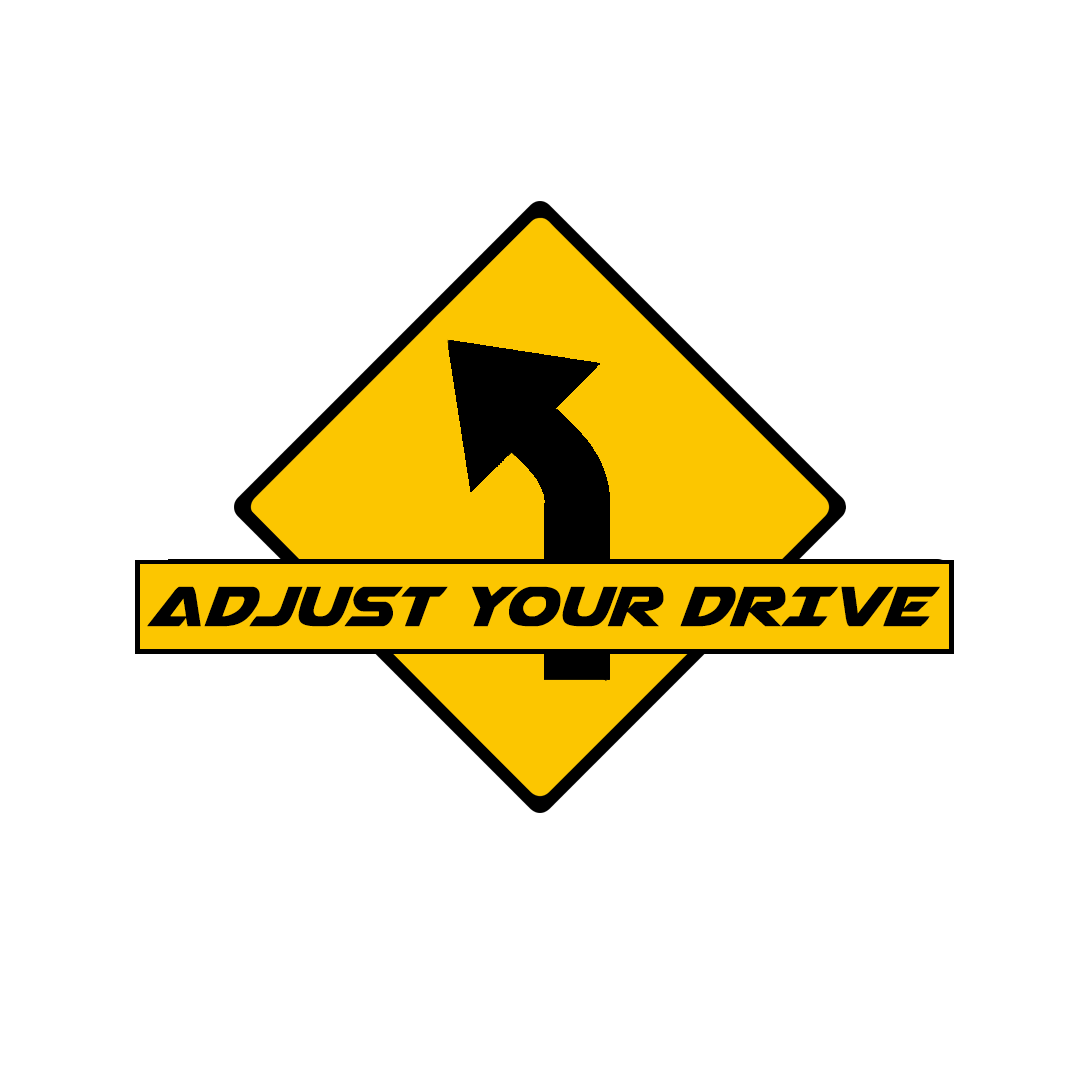


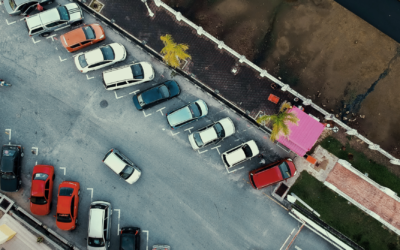
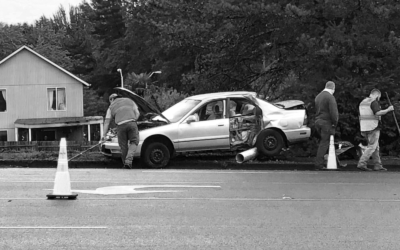
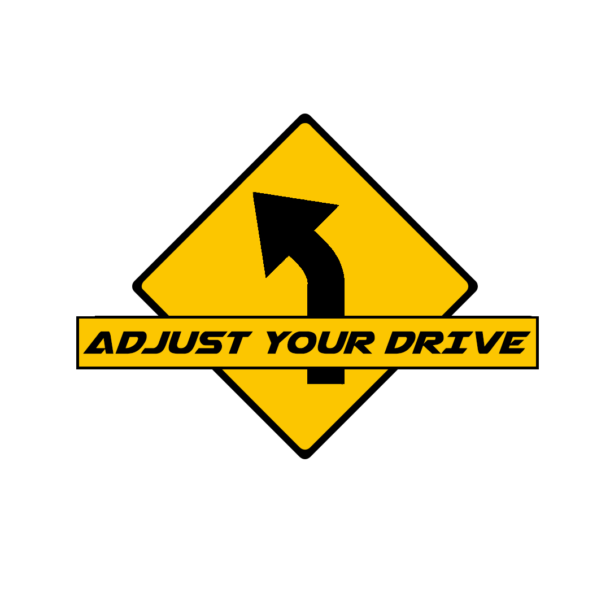
0 Comments